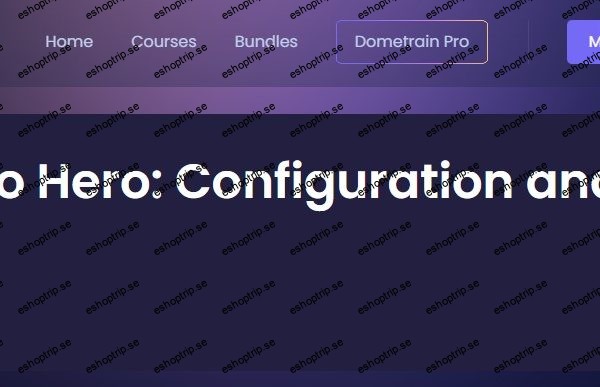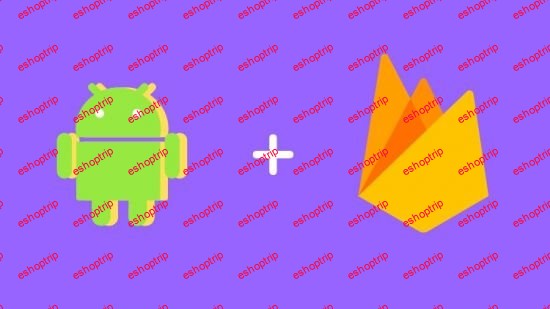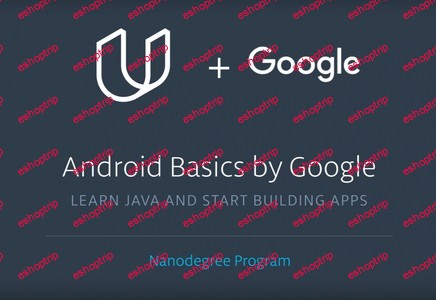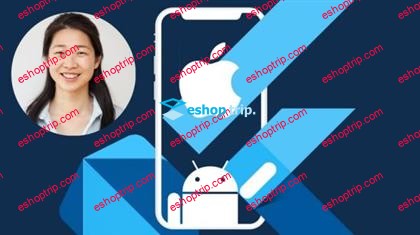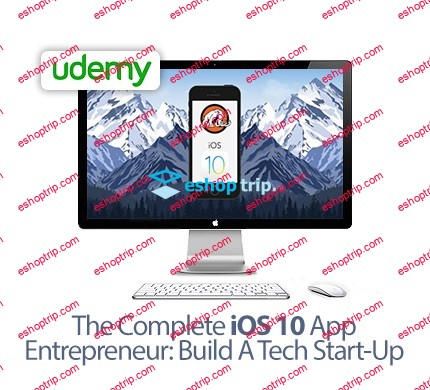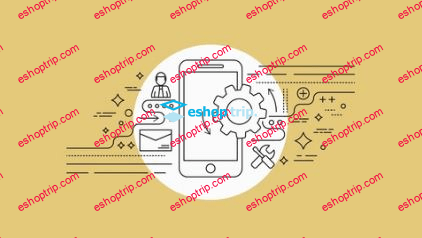Published 9/2024
Created by Nurhan Abu Farraj
MP4 | Video: h264, 1280×720 | Audio: AAC, 44.1 KHz, 2 Ch
Genre: eLearning | Language: English | Duration: 14 Lectures ( 5h 29m ) | Size: 3.28 GB
Flutter Developer
What you’ll learn:
Learn how to make firebase
learn the outline of the project
identify and learn this project through firebase
add new feature for your project
Requirements:
No programing necessary needed
Description:
ArchitectureThe basic component in a Flutter program is a “widget”, which can in turn consist of other widgets.[18] A widget describes the logic, interaction, and design of a UI element with an implementation similar to React.[18] Unlike other cross-platform toolkits such as React Native and Xamarin which draw widgets using native platform components, Flutter renders widgets itself on a per-pixel basis. Flutter has two types of widgets: stateless and stateful. Stateless widgets only update if their inputs change, meaning they otherwise won’t need to be rebuilt when other elements of the screen change, while stateful widgets can call the setState() method to update an internal state and redraw.[18][19] Although widgets are the primary method of constructing Flutter applications, they can also be bypassed in favor of directly drawing on a canvas. This feature has been occasionally used to implement game engines in Flutter.[20]The Flutter framework contains two sets of widgets that conform to specific design languages: Material Design widgets implement Google’s design language of the same name, and Cupertino widgets implement Apple’s iOS Human interface guidelines.[21][22] Flutter allows the developer to use either set of widgets on either platform. Developers can use Cupertino widgets on Android.
Who this course is for:
Flutter developers
Homepage

